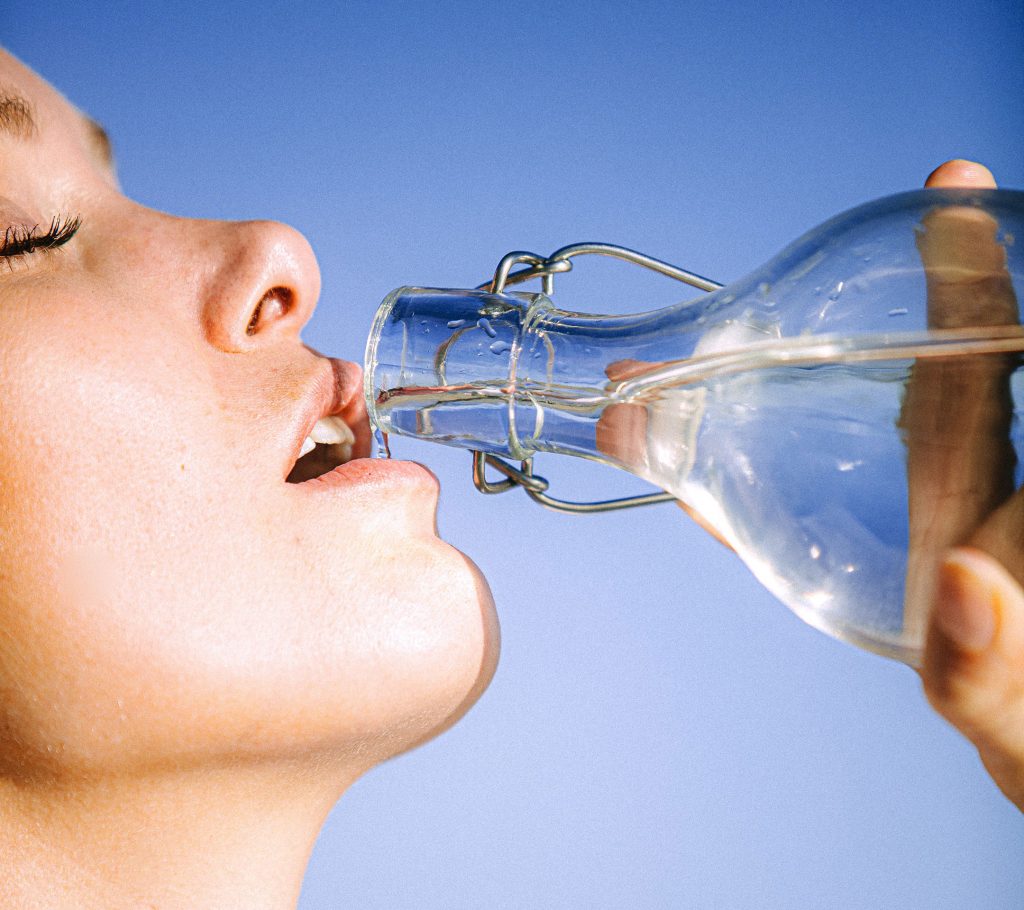7.Drink more water

Simple, isn’t it? It’s a rare person who hates water, so adding more to your daily routine shouldn’t be painful. What might be slightly uncomfortable is substituting water for soda, syrupy coffee drinks, and juices you may have preferred before.
Keep in mind that any of these sweetened beverages may exceed your recommended daily sugar intake, and each one you avoid is a big step towards your weight loss goal.
Drinking water before meals also helps you feel full and helps prevent overeating or unhealthy snacking. In addition, being properly hydrated can improve the quality of your skin. It’s a little self-esteem boosting reward that can help you stay on track with your other lifestyle changes.
6. Don’t skip snacks

If you try to deprive yourself too much, you’re very likely to give in to a frenzy. But if you can keep your blood glucose levels stable throughout the day, these junk food cravings will be greatly reduced. Two snacks a day, mid-morning and mid-afternoon, can really help.
Of course, they should be healthy snacks, but that doesn’t mean they can’t be satisfied. A handful of nuts can scratch the itch for something salty, and tangerine is super easy to peel and eat when you want something sweet. Even a small side salad with chicken and avocado can be a healthy snack that keeps you going strong.
5. Re-evaluate your serving sizes

Portion size is more psychological than it is related to your actual biological needs. We often judge the right amount based on the size of the plate we use, so a handy tip for reducing portion sizes is to eat from small plates. A recent study also found that people tend to eat less off red plates, but we have no idea why this is!
Also remember that it can take up to 20 minutes for your body to send a signal that it’s full, at which point you will be mostly overweight. Slow down your pace and enjoy your food a little more so that you know when you’re full, rather than overly full.
